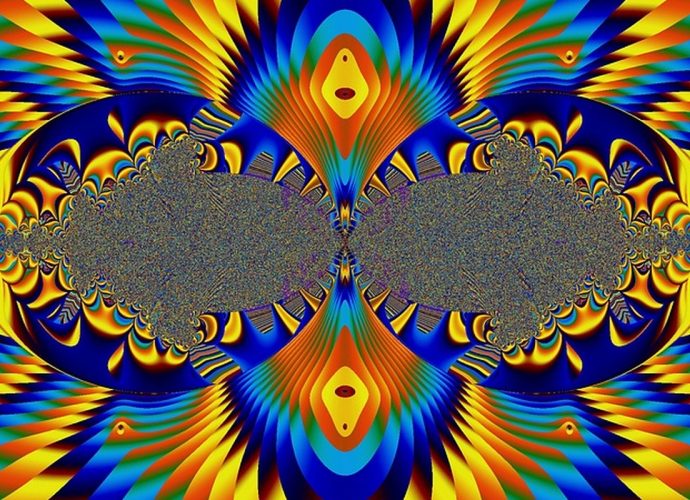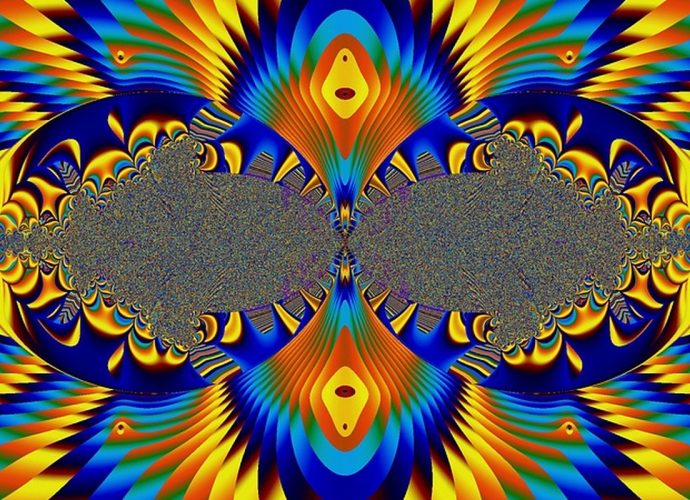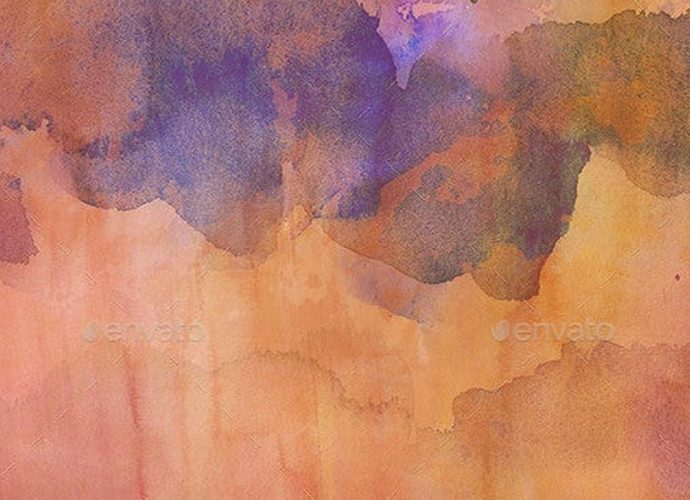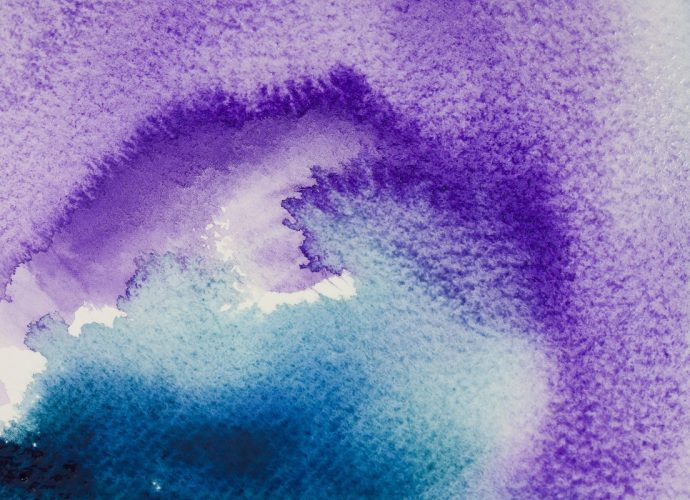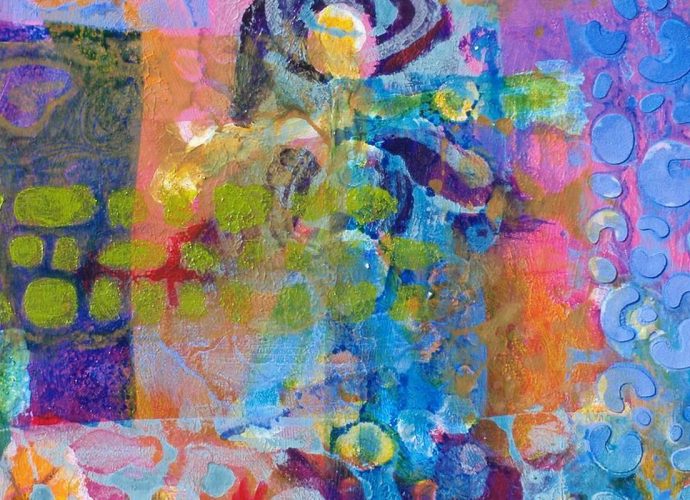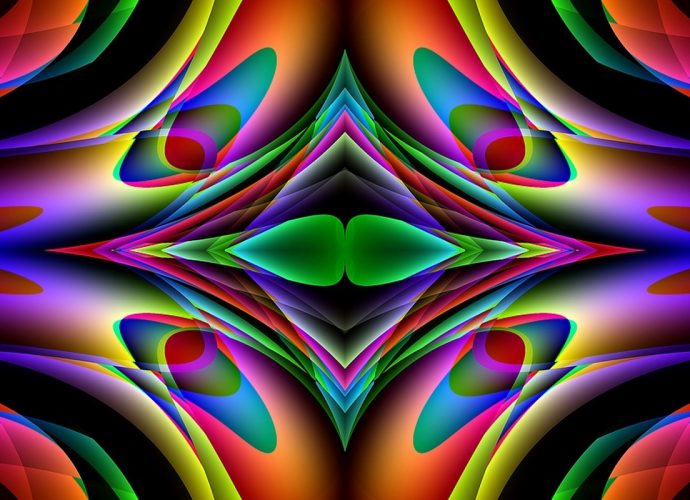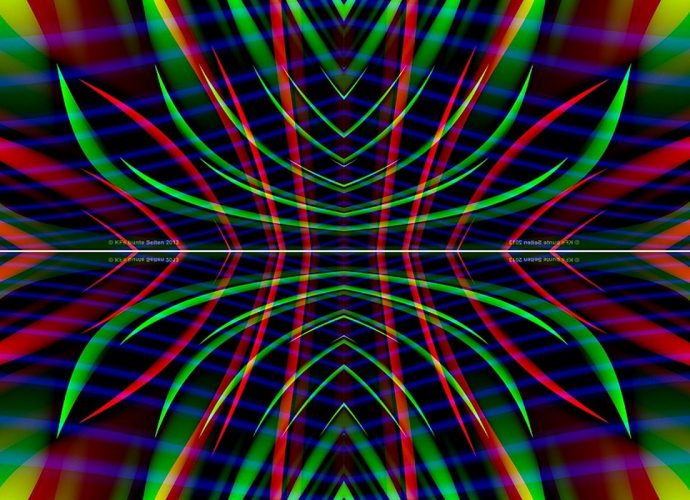Is Water A Combustible Substance?
Everyone knows that water is a readily available liquid that doesn’t burn, and therefore puts out fire, but have you ever thought about why that’s true? This doesn’t happen…. normally. Water is made of hydrogen and oxygen atoms, and both of these elements support combustion. At what temperature does waterRead More →
